The History of Math Development in the USA
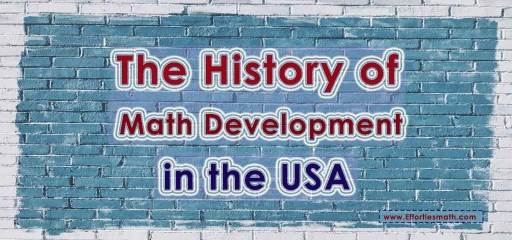
Nobody’s sure how mathematics got its jumpstart but one thing is for certain – it is as old as the human race itself. Ancient civilizations used mathematics as the basis to make advances in engineering, philosophy, and science.
Through the years, it evolved from simple measurement, calculation, and counting and the systematic studies of motions and shapes of objects to the application of imagination, logic, and abstraction, and to the complex, often abstract, and broad discipline that we know today.
The first 100 years
In the US, the first 100 years after declaring independence were great years for math. Back then, the US had its advancements, mainly due to the contributions of many noted mathematicians.
The most noteworthy names included in this list include Robert Adrain, Theodore W. Strong, Nathaniel Bowditch, and several geodesists, astronomers, almanac makers, surveyors, mathematics teachers, and even one president – Thomas Jefferson.
The rise of formal education
The main purpose of formal education in America in the colonial period was to teach literacy while training upper-class students who were college-bound in the classics.
Perhaps the most common type of schooling in the middle and northeast colonies back then was the town school. This is an English based-institution that had the primary purpose of training clerks. As such, there was a need to include arithmetic in the curriculum. But due to the Puritan influence, this “non-academic skill subject” got replaced with religion.
There was also more focus on reading. Meanwhile, in the cities where there were many business interests, specific mechanical skills in math were still required but were only taught in a couple of schools.
In the latter part of the 18th century, Benjamin Franklin embarked on a crusade to promote utilitarian education. This gave rise to academies that believed mechanical and arithmetic arts should be included as subjects in the curriculum because of their real-world intrinsic value.
History of the USA
No matter what course students take in their college education, they will have one type of math subject or another.
As a student in the USA, if you get an assignment to write an essay, you can set yourself apart by focusing on the history of math.
There are many well-written essays about the history of the United States on Samplius you can read to find inspiration. Just one history essay can get your mind moving. Then you can start writing based on the topic you have chosen.
Continuation of math development in education
The introduction of free, compulsory, and universal education paired with new requirements for college entrance and the constant need for fundamental commercial computational skills has led to a notable increase in the number of students who learned arithmetic.
There was also a significant rise in the number of privileged boys who learned geometry and algebra. Since there was no past generation who received training in mathematics, there weren’t any teachers available to teach the students.
Common movements of schools got affected the most because of this. Even with the assistance of new normal schools in training and the introduction of a pedagogical part to the teaching profession, the contributions weren’t enough to develop the type of mathematical comprehension needed for effective teaching.
Learning math during those times was very difficult. Even if boys tried to learn it, they didn’t start until they were turned 12 or 13. As for the girls, they never learned the official rules of math and any knowledge of numbers they learned only came from their experiences.
Teaching the younger generation
In the year 1821, the 1st edition of Warren Colbun’s “First Lessons in Arithmetic” became came out in the US.
The basis of this book was the ideas taken from Pestalozzi’s schools, which was then considered one of the most influential and popular arithmetic works ever published.
Considered the first-ever “new math,” the study program was specifically designed to teach even young children aged 5 to 6 to discover the concepts of operations and numbers.
The mathematical research community
With the founding of John Hopkins in 1876, the mathematical research community of America was firmly established. The programs offered were quite detailed, like the influential works of European mathematicians.
Moreover, the founding of the American Mathematical Society was also thoroughly discussed. With all of these changes that happened, you can now get mathematics scholarships in different countries.
Conclusion
It’s impossible to discuss each mathematician in the US who has contributed to the subject. It’s also impossible to explain all of the aspects of the discipline of mathematics, considering the subject’s scope. Still, if you need to write an essay about this topic, you already have a lot to talk about.
Author’s Bio
James Collins works for a content writing agency where he leads a team of new writers and editors and trains them in the intricacies of writing and editing.
He’s also a part-time academic writer with deep knowledge of essays and theses. His free time is for watching web shows, shooting TikTok videos, and reading autobiographies.
Related to This Article
More math articles
- 7th Grade MAP Math Worksheets: FREE & Printable
- 5 Best Laptops for Math Students
- HiSET Math – Test Day Tips
- 4th Grade GMAS Math Worksheets: FREE & Printable
- FREE 5th Grade PSSA Math Practice Test
- Unlocking the Secrets of Similar Polygons: Shape, Size, and Proportions!
- Unlocking the Secrets of Curves: Higher Order Derivatives in Graph Analysis
- OAR Math FREE Sample Practice Questions
- The Ultimate PSAT 8/9 Math Course (+FREE Worksheets)
- FREE SSAT Upper Level Math Practice Test


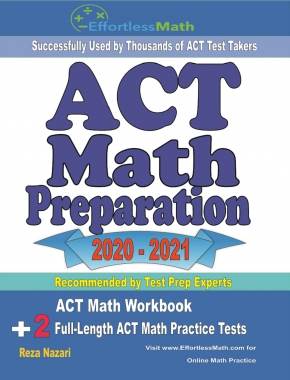
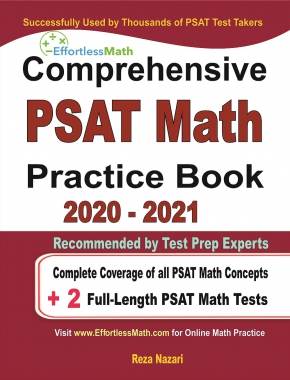
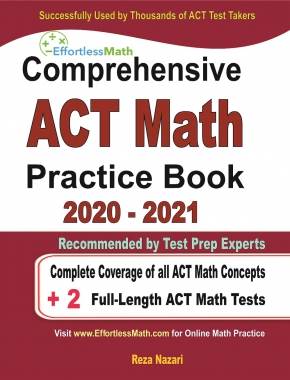
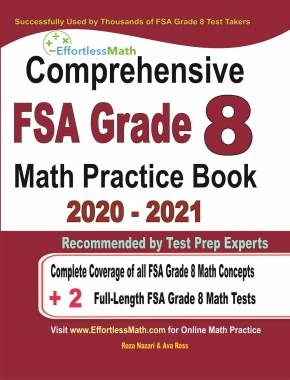
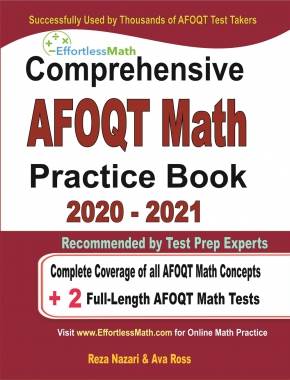
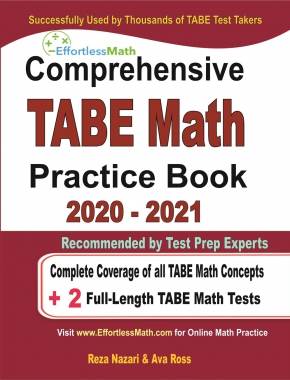
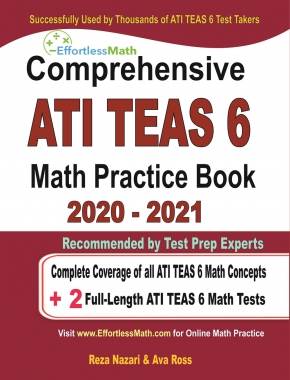
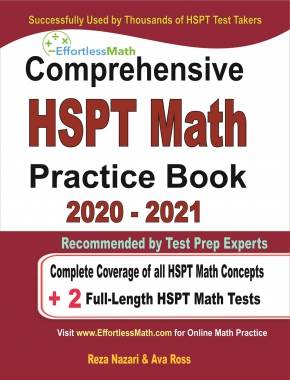
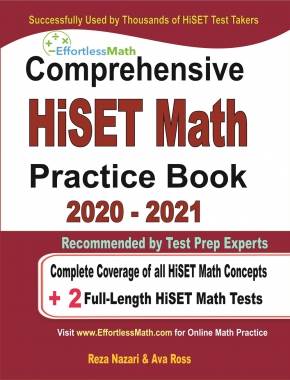
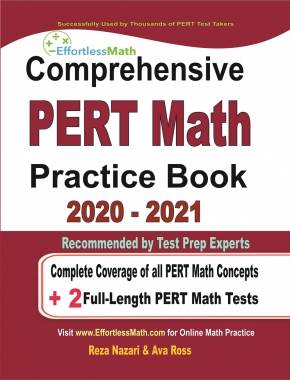
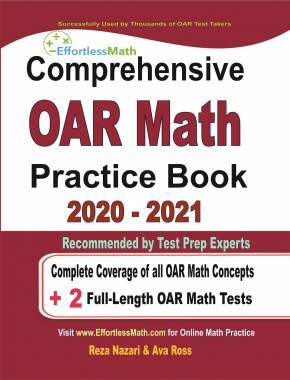
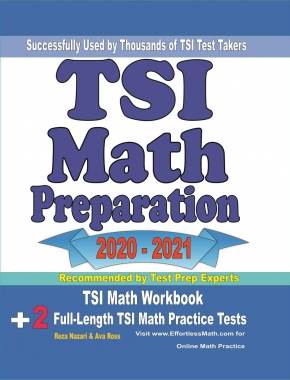
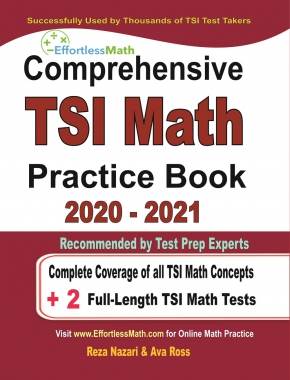
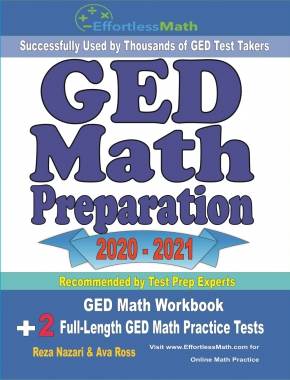
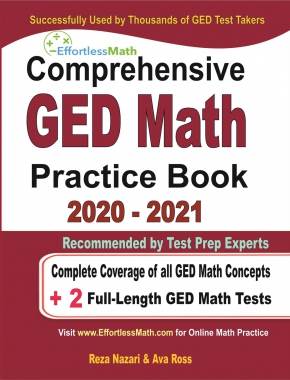

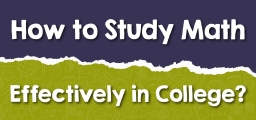
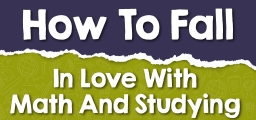
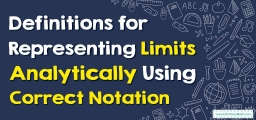
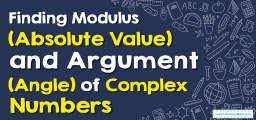
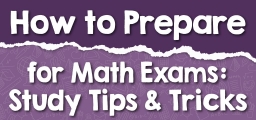


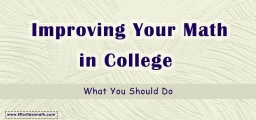


What people say about "The History of Math Development in the USA - Effortless Math: We Help Students Learn to LOVE Mathematics"?
No one replied yet.